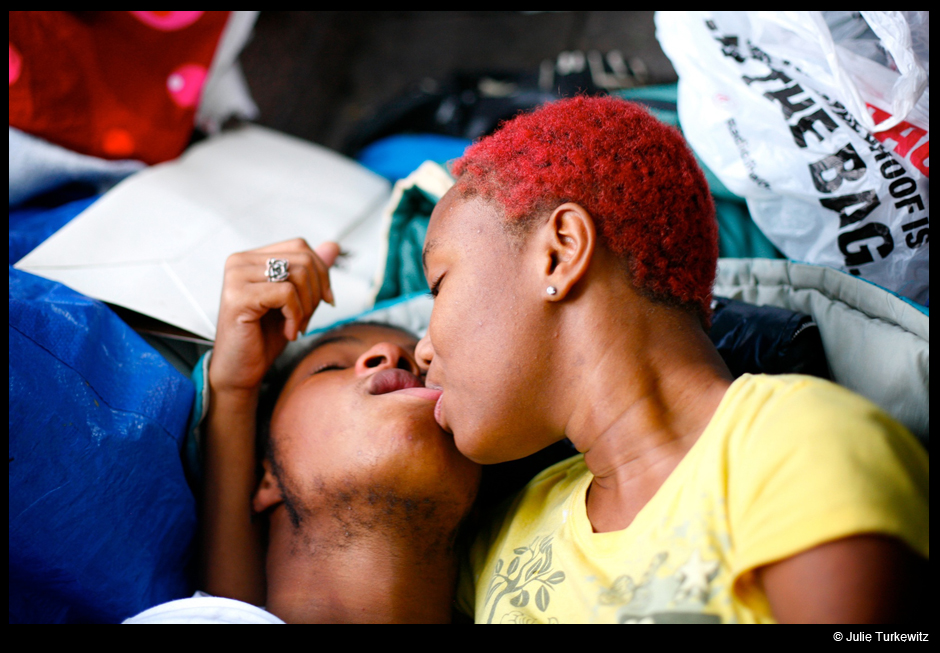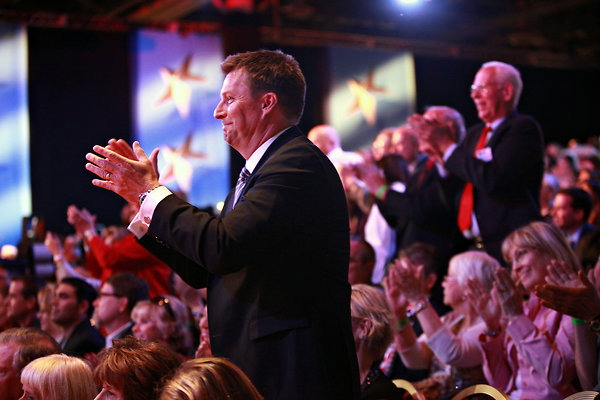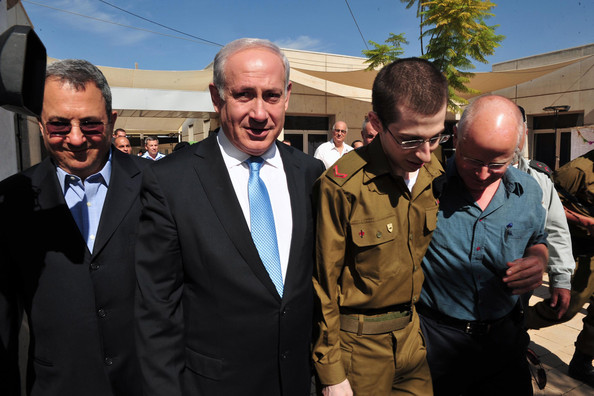Notes
Julie Turkewitz at Occupy Wall Street: Love, Hope, and Economic and Social Violence
The other day, I did a critical post on a TIME portrait taken of OWS protester Kaylee Dedrick, which I titled “The Pepper Spray Girl” based on her notoriety from a widely-reported police attack.
In reply, photographer Julie Turkewitz wrote:
I do think that ‘individualization’ of some of the protesters is important. Why? It’s critical that people on the outside realize that real life experiences have pushed people into the park and inspired them to speak out. Perhaps outsiders can identify with their struggles, and perhaps by showing that those in Zuccotti Park have names and faces and feelings, we can inspire others to join them.
My point, which I wrote back to Julie, was to differentiate between the mostly ego-less character of this movement, and how the media glorifies the individual and elevates people as objects of fame. That distinction made, I was especially pleased Julie chose to forward several portraits she had made in the park. This image of Paul Grant and Di Sierra struck me immediately. Certainly, it’s a powerfully emotional photo. After you read Julie’s caption, however, you can appreciate how much more it encompasses. It reads:
Paul Grant, 20, lives in a section of East Orange, NJ that has been consumed by violence. He came to Zuccotti Park frustrated with the cycle of crime and incarceration that has paralyzed his community. Last week he met Di Sierra, 19, of Brooklyn. “I feel happy because I found someone in my life that I can talk to,” he said. “In my community I’d like to see a lot of killing stop, a lot of violence needs to stop . . . If everybody can get together like this, there’s no ‘We can’t.’ It’s just ‘We can.'”
Something I’ve come across several times since OWS began involves people returning to the ’08 cadence, “Yes, We Can.” Given the surge of hope Obama inspired in America’s youth four years ago, especially among African-Americans, that OWS represents the capacity to re-engage that spirit with so much positive energy is truly a cause for optimism. At the same time, the quote from Paul — — who shocking and remarkably, Julie writes, lost a cousin who was shot by a policeman just the day before — brings a deeper dimension to these protests. If the coverage of OWS has been focused almost exclusively so far on economic justice, it’s dishonest to ignore the profound overlap between economic disparity and social despair, and economic and social violence.
Admittedly, it’s a difficult picture to look at, as there’s no way to read Paul Grant’s state of mind — no way to sense if he’s been transported to a more ecstatic feeling state or whether the safety and freedom conferred by the protest, combined with the pleasure of Ms. Sierra’s company, has permitted him to, perhaps, profoundly let go. But then, there is no getting around the fact that Di’s grip on Paul’s lower lip, as powerful as it is in his repose, transmits to the viewer an awkward and all-too-visceral mixture of love and take-over. To the extent Julie’s photo is also “biting” this way, the unease forces us to assume the radical shifting-of-gears out of Grant’s Newark and into Occupy.
PHOTOGRAPH © Julie Turkewitz.
Full Bag coverage of OWS at: http://bit.ly/BagNewsOccupy



Reactions
Comments Powered by Disqus